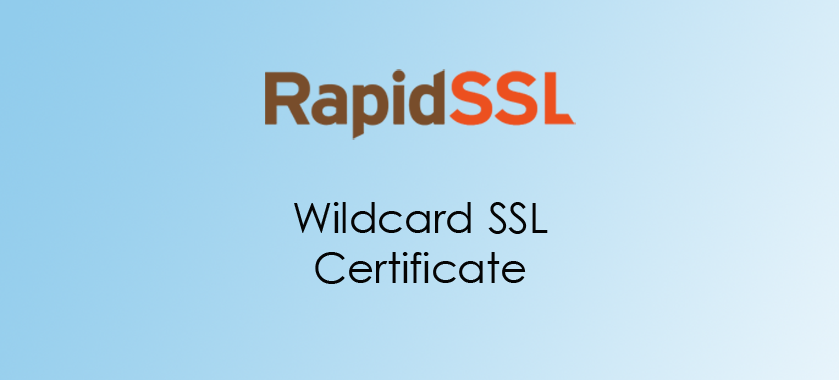Last Updated on December 3, 2023
A proper step-by-step process is shown in this article for installing the SSL/TLS certificate through cPanel. You can do this even if you don’t have any technical knowledge. There is a specific process and requirements which need to be completed before doing the SSL/TLS certificate installation process.
- Purchase or renew your SSL/TLS certificate.
- Create CSR with SHA i.e., 2 Algorithm.
You need some important things at the time of SSL/TLS certificate installation.
- Server Certificate – When you purchase your SSL/TLS certificate for the website then the certificate authority (CA) gives you a certificate which is known as a server certificate. Generally, the server certificate is sent by CA through email. The mail will be sent to the registered email address which you have mentioned at the time of purchasing the SSL/TLS certificate. If you didn’t receive any mail from the CA, then check your Account Dashboard on the CAs website. Click on the order and download the server certificate.
- Intermediate Certificate – The Chain of Trust certificate that is present between the root certificate and an end-entity certificate is known as an intermediate certificate. Suppose a certificate is received on your email then in this case more than one certificate is present in the ZIP folder. This folder consists of an intermediate certificate.
- Private Key – An important file that needs to be present in your server is known as a private key. This key is with you when you generate CSR with the help of a free CSR generation tool.
How to Install an SSL/TLS Certificate in cPanel?
After downloading the SSL/TLS certificate, you need to follow some steps for installing the SSL/TLS certificate through cPanel:
- Go to your website’s cPanel and log in to your account. Log in to your account through the cPanel URL that is provided by the hosting provider. You can also log in through this link https://www.domainname.com:2083.
- Navigate the security section or find SSL/TLS in the search bar of the cPanel homepage and select the SSL/TLS certificate option.
- The page will be redirected to SSL/TLS manager after clicking SSL/TLS option.
- Click on the second last option which shows Certificates (CRT) and press the option Generate, view, upload, or delete SSL certificates link. The page of uploading a new certificate displays where you asked to upload an SSL/TLS certificate provided by the trusted CA from where you purchased the certificate.
There are two options for uploading the SSL/TLS certificate to the server:
The first option is to go to the zip folder and select the .crt file. After that open a text editor such as Notepad and copy all the content present in it. Next is to start typing –Begin Certificate—and ends with—End certificate and paste the copied content in the text box. Now click the Save Certificate option.
The second option is to upload the certificate via browsing through the SSL certificate folder after selecting the .crt file. The installed certificate will display on another page of the domain. Click on the Go Back button which will further take you to the page of New Certificate. Go down on the page and click on the Return to SSL Manager.
Manage SSL Sites
Click on the Manage SSL sites option is present under install and manage SSL of the website. The Manage SSL host page will open up that helps to configure SSL for your domains. There are two options that will appear under the install an SSL website section:
- Browser certificates
- Click on the drop-down menu named Domain
It is up to you which option you want to choose.
If you will select the Browse Certificates option, then go to the Browse Certificates option. The certificate which you have uploaded on your server will display along with the issued domain, issuer name (Certificate Authority name), and expiration date. After that select the User Certificate option. Multiple SSL/TLS certificates will appear if more than one certificate is uploaded.
If you will select Domain, then select the drop-down menu and click on the domain name in which you have to install the SSL/TLS certificate. After that click on the Autofill by Domain button. Now click on the certificate through the browser certificates option. It will help to fill the Certificate (CRT) and private key (KEY) option in the text box.
Certificate Bundle
The CA bundle can be fetched automatically. In the CA bundle file, copy and paste the content provided to you in the CA or you can also visit the website and find the proper CA bundle file, download it, and copy and paste the content. After finishing these steps, visit the bottom of the page and click on Install Certificate. The certificate will start uploading on the server after clicking the install certificate option. The certificate uploaded on the server will be added to the server.
Automatically Force Website Visitors to HTTPS Connection
The SSL/TLS certificate will be installed on the website after complete all the steps. You need to redirect the HTTP to HTTPS automatically so that user who visits the website can automatically redirect to the secured HTTPS version.
Implementing HTTP to HTTPS Enforcement for Main Domain
Enter in the domain section of the cPanel and select Domains. The Domain page will open up from which you can select the Domain and On the Force HTTPS. After completing this, a message will appear that shows Success and Force HTTPS Redirect of the Domain become enable. Now, a secure connection appears on your Domain.
HTTPS for Add-on Domains
You need to generate a .htaccess file for the add-on domain. If any existing .htaccess file is already created then there is no need to generate a new one. After that write the code mentioned below:
RewriteEngine On
RewriteCond %{HTTPS} off
RewriteRule ^(.*)$ https://%{HTTP_HOST}%{REQUEST_URL}
[L,R=301}
If the .htaccess file is already present in the folder:
- Open the existing file and avoid typing code RewriteEngine On.
- Instead of this, start searching for RewriteCond and write the codes mentioned above. Also, search RewriteRule and then copy-paste the above-mentioned codes.
For WordPress Websites
Those who use WordPress sites can plugin to SSL and the installation process of SSL is very simple. After installing the SSL in WordPress, simply configure that plugin. After that use the URL address with HTTPS for updating your site.




